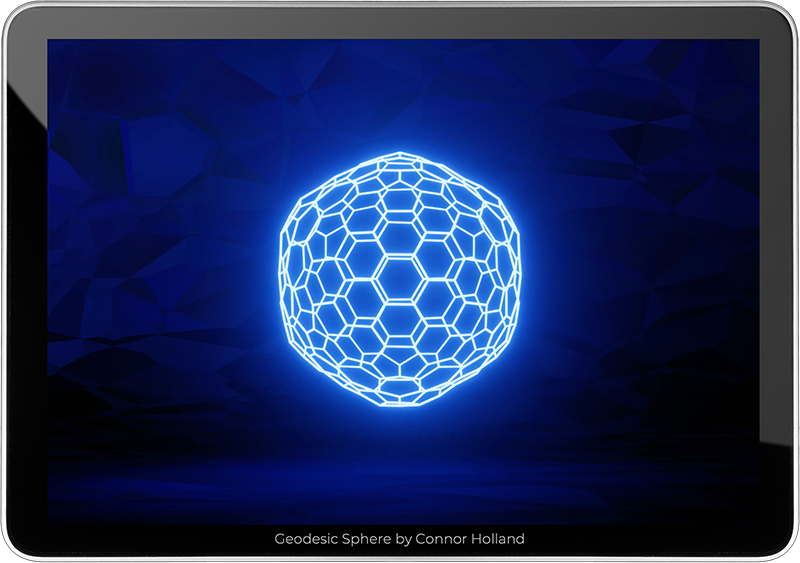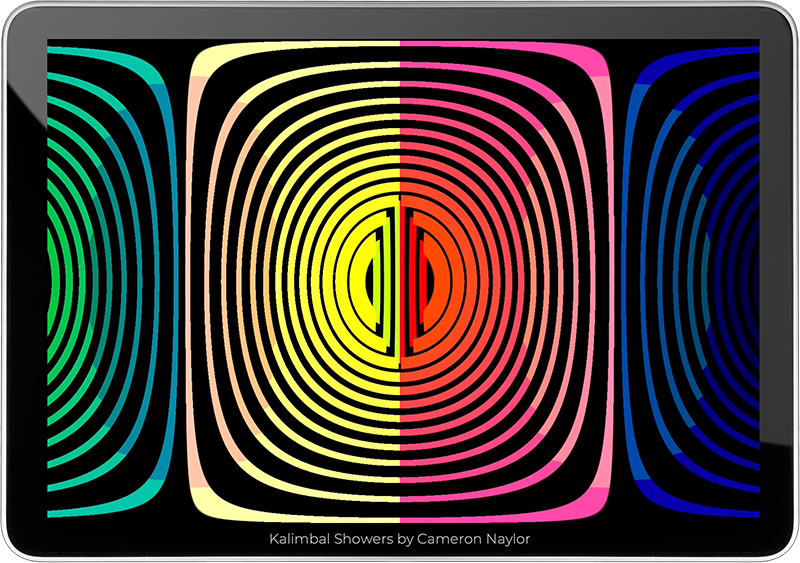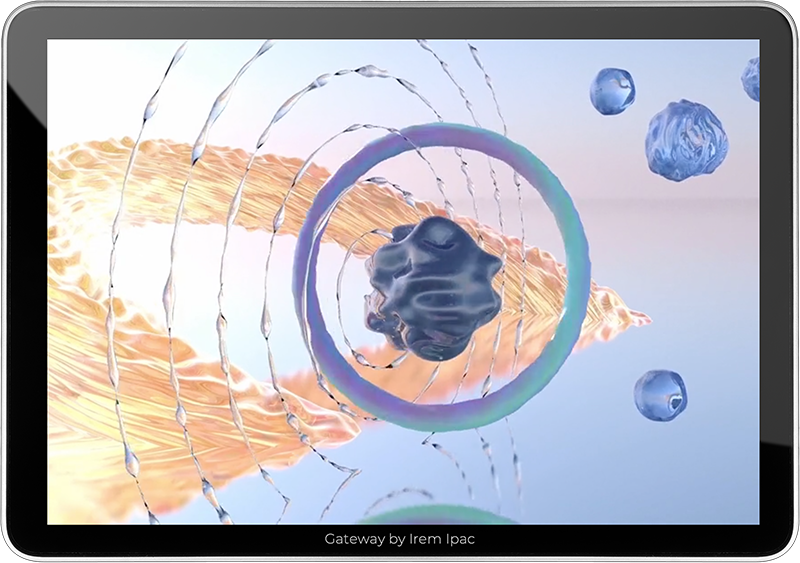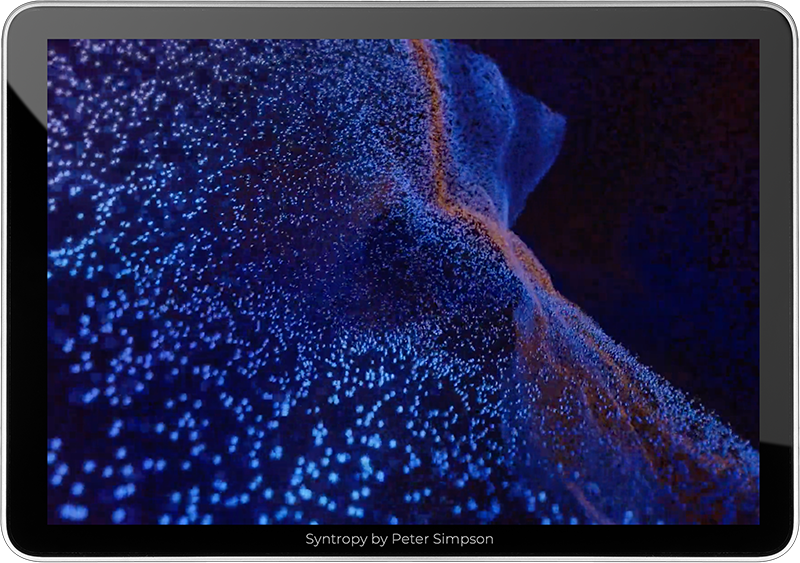About Syntropy
August 31, 2021 2025-08-20 13:15About Syntropy
Society is experiencing a pandemic of stress. But Syntropy has a vision for a better future!
Syntropy is a simple and effective way for people to boost their health and wellbeing through art, music, breathwork and relaxation.
Syntropy is so effective because we blend art with science. Our Breath Pacers and Relaxation videos employ the scientifically proven benefits of breathwork, art and music therapy, meditation, and emotion regulation. Large bodies of current research support our approach


Coherence Breathwork
Slow, deep and balanced nasal breathing at a rate of around 6 breaths per minute has multiple benefits including improved mood and feelings of calm alertness; optimal physical and cognitive function (psychophysiological coherence); optimized energy supply; improved CO2 homeostasis; benefits to cardiorespiratory health; increased vagal tone.
Meditation
Using Audio Visual breath pacers is a form of Focussed Attention Meditation (FAM) where attention is place on both an external (the art and music) and internal (the breath) source. FAM improves interoception, benefits cognitive performance and attention and reduces stress.


Emotion Regulation
We have the ability to choose our emotions. Choosing to enjoy beautiful art and music generates positive emotional states. Positive emotions benefit physical and mental health; cognition; build resilience; help us to develop new relationships and strengthen existing relationships.
Art and Music therapy
Art has the power to absorb the mind and reduce anxiety. Abstract art bypasses the conscious "meaning making" mind. Geometries like mandalas have been shown in clinical studies to reduce stress; lower blood pressure; reduce depression; ease pain; improve sleep and boost the immune system.
Slower and more rhythmic music reduces stress; increases relaxation; benefits cardiorespiratory function; reduces pain and facilitates the experience of positive emotions.


Beautiful science for everyday calm
Syntropy weaves cutting-edge breath science with mesmerizing generative art and enveloping soundscapes, creating pocket-sized sanctuaries that recalibrate mind and body in moments.
Each session gently entrains your breathing into proven coherence rhythms, quiets the limbic system with slow-evolving visuals, and bathes your senses in frequencies curated by neuroscientists and musicians.
Whether you need to dissolve midday anxiety, reset before sleep, or simply carve out a mindful pause between meetings, our library of 100+ five-minute journeys meets you where you are—guiding your nervous system from stress to sustainable balance, whenever and wherever you press play.
Learn more about Coherence
Coherence is an optimal physical and psychological state.
The word ‘coherence’ has a variety of meanings, all of which have relevance to human health and wellbeing. In common use coherence generally means clarity of thought and communication, or a state of wholeness or unity. In physics, coherence refers to harmonious, ordered and energy efficient synchronisation within a system or between systems. We can think of humans as a whole system made up of numerous integrated sub-systems such as cardiovascular, respiratory, nervous, digestive, endocrine etc. These sub-systems are regulated by homeostasis and coherence practise helps to restore and sustain homeostasis, thereby helping the body and brain to repair and revitalise itself (Gevirtz, 2013; Kim et al, 2013). Sustained or frequent stress – be it physical, mental, emotional, or existential, creates wear and tear (allostasis) which, over time, will result in physical and/or mental health problems.
We can all intentionally create and increase our levels of coherence and even begin to create a new unconscious baseline of coherent physical and mental functioning. And the good news is that it is quite simple to do.
Coherence can be achieved by regulating your breathing and increased further by intentionally experiencing positive and pleasant emotions. Firstly, we need to learn how to optimise our breathing. Research shows that breathing slowly and deeply at a rate of around 5 or 6 breaths per minute quickly shifts most people towards coherence. 6 breaths per minute equates to a 10 second breath cycle and 5 breaths to a 12 second cycle. Most people breathe far too quickly and shallowly with the average person taking between 12 to 20 breaths per minute. Breathing at 5-6 breaths per minute is the most effective rate for creating coherence within the autonomic nervous system and between heart and brain (Schwerdtfeger et al 2020) and inducing feelings of calm
alertness (Szuiczewski, 2019; Noble & Hochman, 2019).
Additionally, you should breathe in and out through your nose, not your mouth. Nasal breathing kills more bugs; allows more oxygen into the blood and creates 50% more resistance than mouth breathing. This extra resistance gives your heart and lungs a workout and keeps them strong and healthy (New Scientist, 2020).
Deep, slow, nasal breathing at a cycle rate of around 10-12 seconds also has a profound impact on physiology. It quickly increases your Heart Rate Variability (HRV); this means that there are greater variations in the beat- to-beat changes in your heart rate. It also shifts your heart’s rhythm into coherence. This means that your heart rate is progressively speeding up
and slowing down in a repeating pattern, producing oscillations (Shaffer et al 2014). The heart produces the strongest electrical signaI in the body and, when coherent, the heart rhythm oscillates at a frequency of around 0.1Hz. Brainwaves synchronise to the 0.1Hz oscillations and synchronisation spreads to other areas of the brain including the prefrontal cortex (Schwerdtfeger et al,
2020; Herrero et al, 2018). As activity increases in your prefrontal cortex and decreases in your stress centres, it improves your capacity for self-awareness and self-regulation of feelings, thoughts and behaviours (Bates et al, 2019).
During physical, mental and emotional stress our body and brain shifts into fight, flight, freeze mode and our heart’s rhythms become more chaotic (incoherent). Our heart sends incoherent signals to the brain which sustains increased activity in our stress centres and reduces activity in our prefrontal cortex. Our prefrontal cortex is responsible for self- awareness and self-regulation and these skills are compromised when our prefrontal cortex is less active. Stress affects our brain a bit like a lobotomy, albeit, thankfully a reversible one! However, if you can at least realise that you are stressed, coherent breathing can enable you to quickly change the communication between your heart and brain. Your coherent heart rhythms change the information going to your brain and the activity in your stress centres quickly reduces and as a result, increases in your prefrontal cortex (Hinterburger et al, 2019). This then facilitates emotional and behavioural self-regulation (McCraty & Shaffer, 2015).
